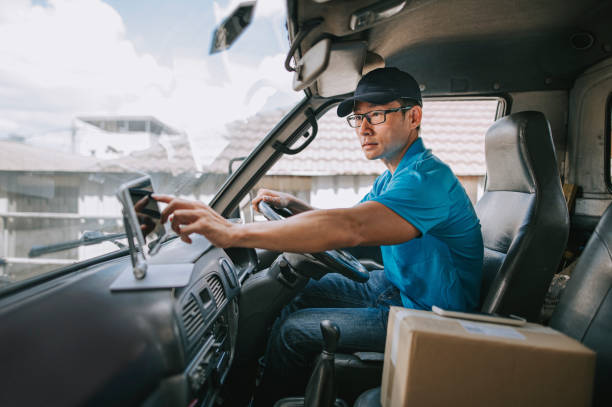Innovative Technologies Transforming Animal Rehabilitation
Intro: Unfolding advancements in technology are shaping new horizons in animal rehabilitation, opening doors to innovative treatments and promising possibilities. Explore how cutting-edge tech is aiding injured animals to reclaim their lives. Animal rehabilitation, a field traditionally reliant on manual therapies like physiotherapy and hydrotherapy, is witnessing a paradigm shift. Modern technology, with its vast capabilities, is taking center stage, transforming the way animals are helped to recover from injuries or illnesses. From prosthetics and orthotics to lasers and therapeutic ultrasound, technology is powering a new era in animal rehabilitation.
Prosthetics and Orthotics: A New Lease on Life
Prosthetics and orthotics are not just for humans anymore. Increasingly, they are being adapted for animals with limb deformities or amputations, vastly improving their quality of life. Made-to-measure orthotics can aid animals with limb weakness or paralysis, while prosthetics can replace amputated limbs, allowing animals to regain mobility and independence. The cost of these devices can range from several hundred to a few thousand dollars, depending on the complexity and size.
The Power of Laser Therapy
Laser therapy, once a niche treatment, is now becoming a fundamental component of animal rehabilitation. Non-invasive and pain-free, it can speed up the healing process, reduce inflammation, and alleviate pain. High-intensity lasers penetrate deep into tissues, stimulating cell recovery and promoting healing. Despite the relatively high cost of laser therapy machines, usually in the range of $10,000-$20,000, many vet clinics are investing in them, recognizing their potential benefits.
Therapeutic Ultrasound: Making Waves in Rehabilitation
Therapeutic ultrasound, another non-invasive treatment, uses sound waves to stimulate tissue repair. It can be particularly useful for animals with muscular or tendon injuries, helping to reduce swelling and speed up recovery. The technology, readily available and relatively affordable, with machines typically costing between $1,000 and $5,000, is becoming commonplace in veterinary practices worldwide.
Bioelectrical Impedance Analysis: Monitoring Progress
Bioelectrical Impedance Analysis (BIA), a technology previously used predominantly in human medicine, is now making its mark in animal rehabilitation. BIA measures the electrical impedance of body tissues, providing valuable information about an animal’s body composition and overall health. It can help track recovery progress and inform treatment plans. BIA machines are priced around $2,500-$5,000, making them accessible to many vet clinics.
The Future of Animal Rehabilitation
The use of technology in animal rehabilitation is still in its infancy, but the potential for growth is immense. The market for animal rehabilitation is projected to grow steadily, fueled by advancements in technology and a growing recognition of animals’ rights to a good quality of life. As technology continues to evolve, so too will the possibilities for improving the lives of injured or ill animals.
Closing Thoughts:
Embracing technology, the animal rehabilitation field is making strides towards improved treatment methods, promising a brighter future for animals in need. The fusion of veterinary science and technology not only enhances animals’ lives but also opens a new chapter in our understanding and care for our animal companions. As we journey into this new era, we can look forward to further advancements that will continue to revolutionize animal rehabilitation.





